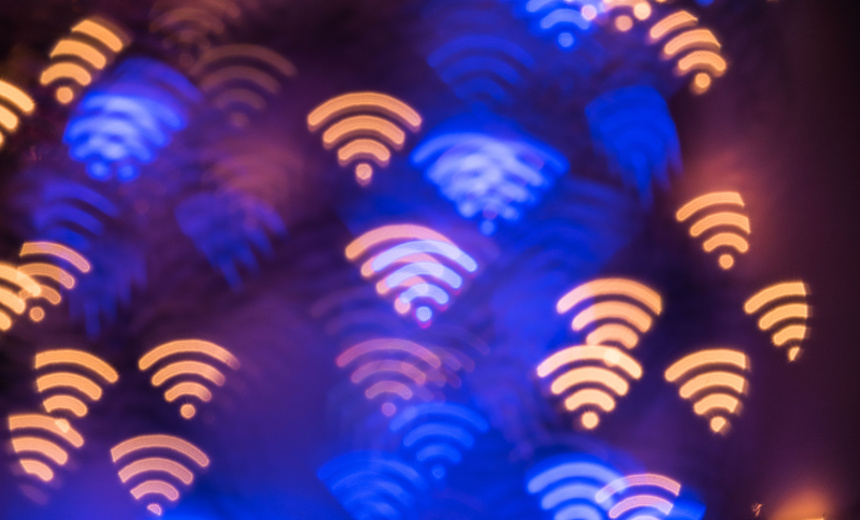New Research: Pedestrians Can Reveal Identity via Directional Radio Signals

Recent findings by a team of German researchers reveal that the unique way individuals walk—especially when traversing environments equipped with Wi-Fi fields produced by directional antennas—can be used to identify them. This study investigates the potential for surveillance through commonly used wireless routers, raising new concerns about privacy and data security in urban settings.
As cities become saturated with Wi-Fi networks, the technology known as beamforming is increasingly prevalent, enabling access points to direct signals to specific users. This technology, which dates back to underwater sonar applications, has now become a standard feature in urban wireless infrastructure since the advent of the Wi-Fi 5 standard (802.11ac) in 2013.
Devices connected to beamforming access points regularly transmit small feedback signals known as beamforming feedback information. These signals, which are not encrypted, can be intercepted by parties within range. Researchers demonstrated that by analyzing these signals through sophisticated language models, they could accurately identify individuals based on the specific patterns created by their gait.
Julian Todt, one of the doctoral researchers from the Karlsruhe Institute of Technology, stated, “The technology essentially transforms every router into a potential surveillance device.” The study involved around 160 participants walking through a hallway outfitted with a 6 GHz access point and multiple network interface cards, allowing researchers to collect sufficient data to enable identification with an impressive accuracy of 99.5% and a mere 0.38 margin of error.
Interestingly, the identification process remained reliable even when participants altered their gait by bearing weight or walking faster. Todt emphasized the implications for everyday scenarios, such as frequenting public Wi-Fi networks where individuals could be recognized without their knowledge—potentially by authorities or private companies.
While the research illustrates a significant breakthrough in understanding how Wi-Fi technology can facilitate surveillance, the authors acknowledged limitations, including the controlled nature of their testing environment. They noted that outside variables, like clothing, might further influence signal analysis, possibly leading to an overestimation of identification capabilities. Additionally, traditional surveillance methods like CCTV cameras remain more straightforward for authorities.
This study is not an isolated examination of Wi-Fi’s surveillance potential; recent research from a Chinese university similarly explored using beamforming technology to enumerate crowds. These findings highlight a growing need for awareness and discussions in cybersecurity regarding the evolving landscape of data privacy risks presented by everyday technologies.
